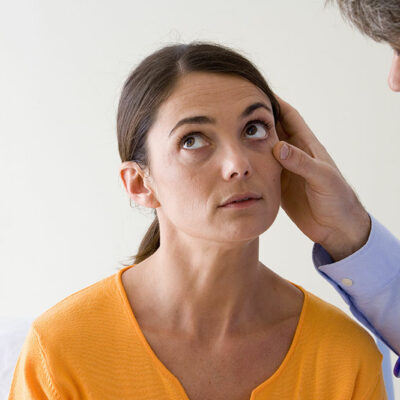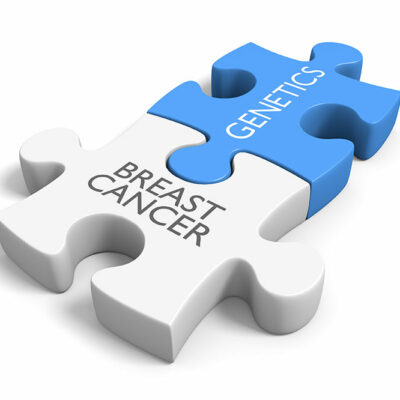
Causes and symptoms
8 Causes of Cervical Cancer
The cervix is the lower part of the uterus, which connects to the vagina. Cancer occurring in this part of the body is called cervical cancer. Cancer can affect deeper tissues in the cervix and later spread to parts like the vagina, lungs, liver, rectum, and bladder. A woman can get diagnosed with cervical cancer due to many reasons. Some of the most common causes of cervical cancer are as follows. 1. Human papillomaviruses (HPV) One of the most common causes of cervical cancer is the sexually transmitted human papillomavirus (HPV). This virus is also the reason for genital warts. There are above 100 kinds of HPV, among which at least 13 can result in cervical cancer. The two most prevalent types of cancer-causing HPV are HPV-18 and HPV-16. This virus has two proteins, which are known as E6 and E7. The proteins negatively affect tumor suppressor genes like p53 and Rb. This can allow the cells lining the walls of your cervix to enlarge more than required. It can also cause changes in additional genes, which can lead to cancer in some cases. HPV combined with other risk factors like an HIV infection or smoking increases the possibility of a person contracting cervical cancer.
Read More 















